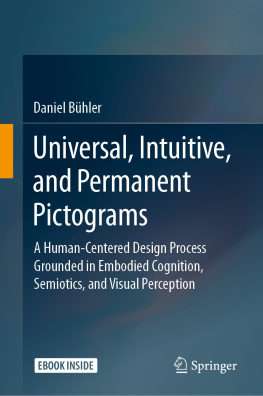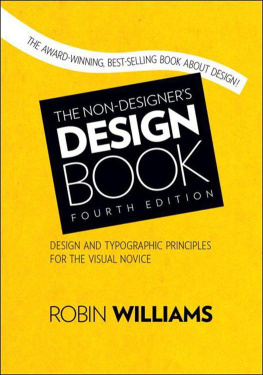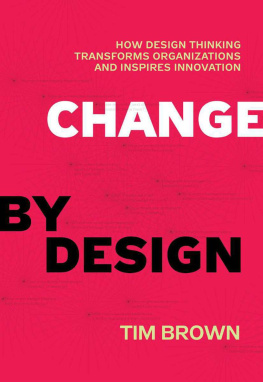AMSTERDAM BOSTON HEIDELBERG LONDON NEW YORK OXFORD PARIS SAN DIEGO SAN FRANCISCO SINGAPORE SYDNEY TOKYO
Publisher Denise E.M. Penrose
Assistant Editor Mary James
Publishing Services Manager George Morrison
Senior Project Editor Paul Gottehrer
Cover Design Alisa Andreola
Composition Charon tec
Interior printer 1010 Printing International Limited
Cover printer 1010 Printing International Limited
30 Corporate Drive, Suite 400, Burlington, MA 01803, USA
 This book is printed on acid-free paper.
This book is printed on acid-free paper.
Designations used by companies to distinguish their products are often claimed as trademarks or registered trademarks. In all instances in which Morgan Kaufmann Publishers is aware of a claim, the product names appear in initial capital or all capital letters. Readers, however, should contact the appropriate companies for more complete information regarding trademarks and registration.
No part of this publication may be reproduced, stored in a retrieval system, or transmitted in any form or by any meanselectronic, mechanical, photocopying, scanning, or otherwisewithout prior written permission of the publisher.
Permissions may be sought directly from Elseviers Science & Technology Rights Department in Oxford, UK: phone: (+44) 1865 843830, fax: (+44) 1865 853333, E-mail: ), by selecting Support & Contact then Copyright and Permission and then Obtaining Permissions.
Library of Congress Cataloging-in-Publication Data
Application submitted
ISBN: 978-0-12-370896-0
For information on all Morgan Kaufmann publications, visit our Web site at www.mkp.com or www.books.elsevier.com
Printed in China
08 09 10 11 12 5 4 3 2 1

Preface
There has been a revolution in our understanding of human perception that goes under the name active vision. Active vision means that we should think about graphic designs as cognitive tools, enhancing and extending our brains. Although we can, to some extent, form mental images in our heads, we do much better when those images are out in the world, on paper or computer screen. Diagrams, maps, web pages, information graphics, visual instructions, and technical illustrations all help us to solve problems through a process of visual thinking. We are all cognitive cyborgs in this Internet age in the sense that we rely heavily on cognitive tools to amplify our mental abilities. Visual thinking tools are especially important because they harness the visual pattern finding part of the brain. Almost half the brain is devoted to the visual sense and the visual brain is exquisitely capable of interpreting graphical patterns, even scribbles, in many different ways. Often, to see a pattern is to understand the solution to a problem.
The active vision revolution is all about understanding perception as a dynamic process. Scientists used to think that we had rich images of the world in our heads built up from the information coming in through the eyes. Now we know that we only have the illusion of seeing the world in detail. In fact the brain grabs just those fragments that are needed to execute the current mental activity. The brain directs the eyes to move, tunes up parts of itself to receive the expected input, and extracts exactly what is needed for our current thinking activity, whether that is reading a map, making a peanut butter and jelly sandwich, or looking at a poster. Our impression of a rich detailed world comes from the fact that we have the capability to extract anything we want at any moment through a movement of the eye that is literally faster than thought. This is automatic and so quick that we are unaware of doing it, giving us the illusion that we see stable detailed reality everywhere. The process of visual thinking is a kind of dance with the environment with some information stored internally and some externally and it is by understanding this dance that we can understand how graphic designs gain their meaning.
Active vision has profound implications for design and this is the subject of this book.
It is a book about how we think visually and what that understanding can tell us about how to design visual images. Understanding active vision tells us which colors and shapes will stand out clearly, how to organize space, and when we should use images instead of words to convey an idea.
Early on in the writing and image creation process I decided to eat my own dog food and apply active vision-based principles to the design of this book. One of these principles being that when text and images are related they should be placed in close proximity. This is not as easy as it sounds. It turns out that there is a reason why there are labeled figure legends in academic publishing (e.g. Figure 1, Figure 2, etc.). It makes the job of the compositor much easier. A compositor is a person whose specialty is to pack images and words on the page without reading the text. This leads to the labeled figure and the parenthetical phrase often found in academic publishing, see Figure X. This formula means that Figure X need not be on the same page as the accompanying text. It is a bad idea from the design perspective and a good idea from the perspective of the publisher. I decided to integrate text and words and avoid the use of see Figure X and the result was a difficult process and some conflict with a modern publishing house that does not, for example, invite authors to design meetings, even when the book is about design. The result is something of a design compromise but I am grateful to the individuals at Elsevier who helped me with what has been a challenging exercise.
There are many people who have helped. Diane Cerra with Elsevier was patient with the difficult demands I made and full of helpful advice when I needed it. Denise Penrose guided me through the later stages and came up with the compromise solution that is realized in these pages. Dennis Schaefer and Alisa Andreola helped with the design. Mary James and Paul Gottehrer provided cheerful and efficient support through the detailed editing the production process. My wife, Dianne Ramey, read the whole thing twice and fixed a very great number of grammar and punctuation errors. I am very grateful to Paul Catanese of the New Media Department at San Francisco State University and David Laidlaw of the Computer Graphics Group at Brown University who provided content reviews and told me what was clear and what was not. I did major revisions to Chapters 3 and 8 as a result of their input.
This book is an introduction to what the burgeoning science of perception can tell us about visual design. It is intended for anyone who does design in a visual medium and it should be of special interest to anyone who does graphic design for the internet or who designs information graphics of one sort or another. Design can take ideas from anywhere, from art and culture as well as particular design genres. Science can enrich the mix.
Colin Ware
January 2008
Chapter 1 Visual Queries
When we are awake, with our eyes open, we have the impression that we see the world vividly, completely, and in detail. But this impression is dead wrong. As scientists have devised increasingly elaborate tests to find out what is stored in the brain about the state of the visual world at any instant, the same answer has come back again and againat any given instant, we apprehend only a tiny amount of the information in our surroundings, but it is usually just the right information to carry us through the task of the moment.












 This book is printed on acid-free paper.
This book is printed on acid-free paper.